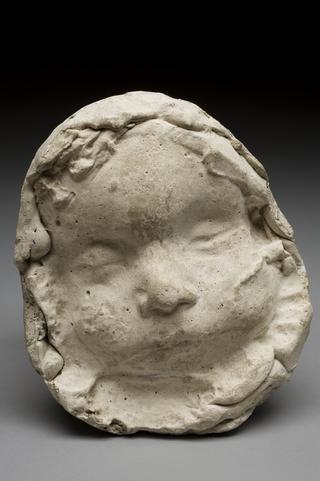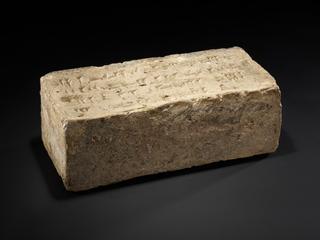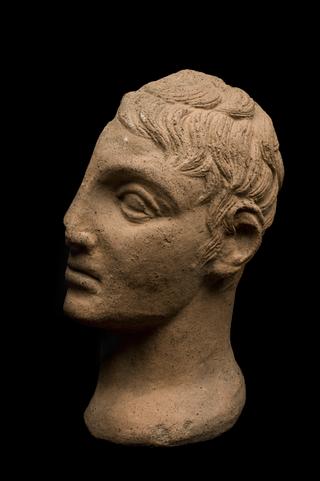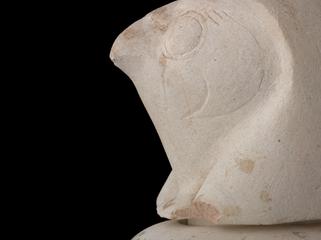
Plaster copy of marble relief showing Asklepios (Asclepius; Latin: Aesculapius) and Hygeia with supplicants, original from Temple of Asklepios, Athens, 500BC to 100BC, copy Greek, 1901-1930
Several sources claim that Asclepius was first a physician hero, who was later recognised as the Greek god of healing and medicine with a cult that spread in the 5th century BCE. Various sanctuaries in his name were built throughout Greece as areas of worship and refuges for the ill. These were hospital-like places where priests guided patients through rituals of purification and medical curative practices, regularly involving snakes as part of the healing process.
Asclepius is usually represented as an old, bearded man, leaning on a heavy staff with a single snake coiled around it, known as the ‘Rod of Asclepius’. The staff of Asclepius (not to be mistaken for a caduceus) was soon associated with healing, becoming, throughout the ages, an established emblem of medicine and curative methods.
In his cult, Asclepius was often joined by his daughter Hygieia (also referred to as Hygeia or Hygiea), goddess of health, cleanliness and sanitation. The modern word ‘hygiene’ derives from the name of the goddess herself.
Details
- Category:
- Classical & Medieval Medicine
- Collection:
- Sir Henry Wellcome's Museum Collection
- Object Number:
- A635070
- Measurements:
-
overall (as displayed): 672 mm x 601 mm x 135 mm,
- type:
- plaques




